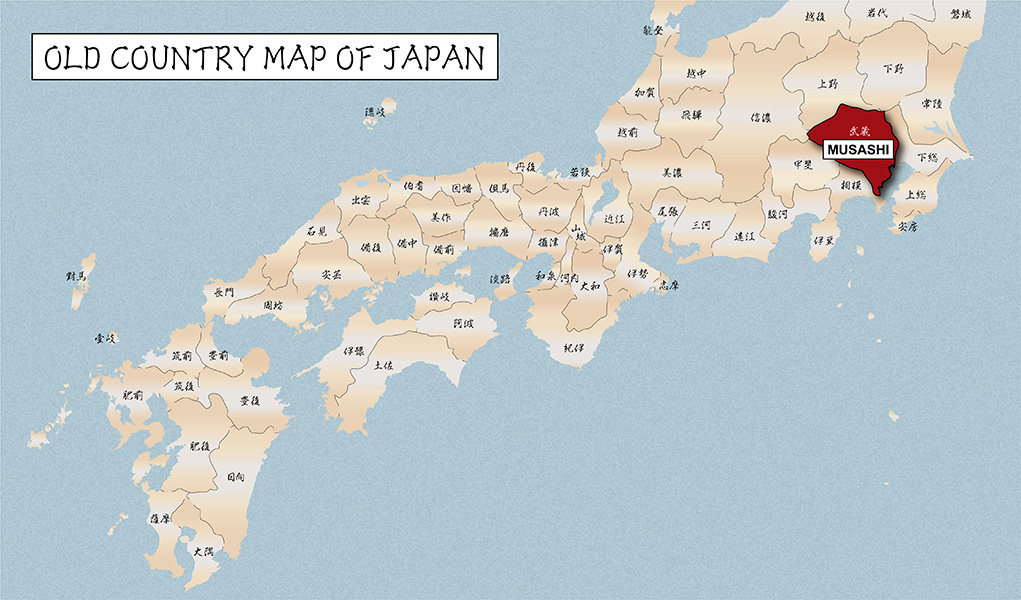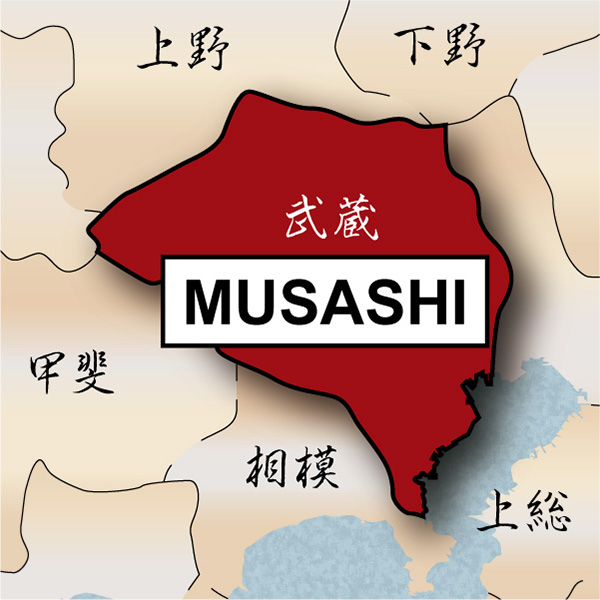Hello, world. Welcome to Samurai Museum Shop. Thank you for finding our website. In this post, we would like to introduce one of the prominent Japanese swordsmiths. We hope you will enjoy reading this post.
Suishinshi Masahide was born in the third year of the Kan-En era (1750) in the Yonezawa domain in Dewa province (Today’s Yamagata/Akita prefecture). His birth name was Suzuki Sanjiro (鈴木三治郎). When he was about 18 years old, he started learning blacksmithing techniques from a local blacksmith named Yoshizawa Sanjiro, who specialized in producing farming tools in Dewa Koku. Later on, Masahide decided to become a swordsmith. In 1771, when he was 22 years old, he moved to Musashi Koku (Today’s Tokyo) to become an apprentice of Miyagawa Yoshihide, also known as Shitahara Yoshihide. Masahide learned sword-forging techniques under this master, who belonged to Shitahara School, one of the most prestigious schools in this area.
After finishing his apprenticeship, he returned to Dewa Koku. His craftsmanship was widely recognized in the province. In 1774, Masahide started to serve Akimoto Tsunetomo, the head of the domain, because of his superb sword-forging techniques. It is said that he began to use Suishinshi as his title during this time and changed his maker’s name to Kawabe Gihachiro Masahide. In 1781, he moved to Edo City, settling in a house owned by the Akimoto clan. He was always curious to know various sword-forging techniques. He started to search how Japanese swords were made during the late Heian-Azuchi Momoyama period (late 12th-late 16th century: KOTO era), especially the ones made with SOSHU DEN and BIZEN DEN traditions. He often visited the offsprings of renowned swordsmiths in the old days to know the secret of old sword-forging techniques. One of the most notable episodes is when he visited Yamamura Tsunahiro, an offspring of Masamune, one of the historical figures in Japanese sword forging. And he improved his craftsmanship there as well.


Back in the day, the mainstream Japanese swords were less curved and muscular. However, he started to feel something was missing in those blades made in his days by exploring ancient Japanese swords. Therefore, he announced Token Fukko Ron (刀剣復古論), where swordsmiths need to go back to the old way the blades were forged. This theory resonated with many sword makers back then. Eventually, this theory became mainstream.
While he published about ten books on how to forge Japanese swords and other related topics, he was also passionate about training his apprentices. Many apprentices who had learned sword-forging techniques from him later became famous swordsmiths, such as Chounsai Tsunatoshi and Takei Naotane. Considering this fact, he played an essential role in the late Edo period. He is listed as Edo Sansaku (One of the three most prestigious swordsmiths). The other two are Taikei Naotane (大慶直胤)and Minamoto Kiyomaro (源清麿). In his biography, he mentioned that he had forged 369 swords in his career. However, only about 100 of them are identified in Japan. Most of them were Wakizashi swords. It is extremely rare to see a Katana blade signed by him.
We hope you enjoyed reading this post. If you are interested in checking his work, we happen to acquire two antique Katana signed by him. More information is available by clicking the image below.
